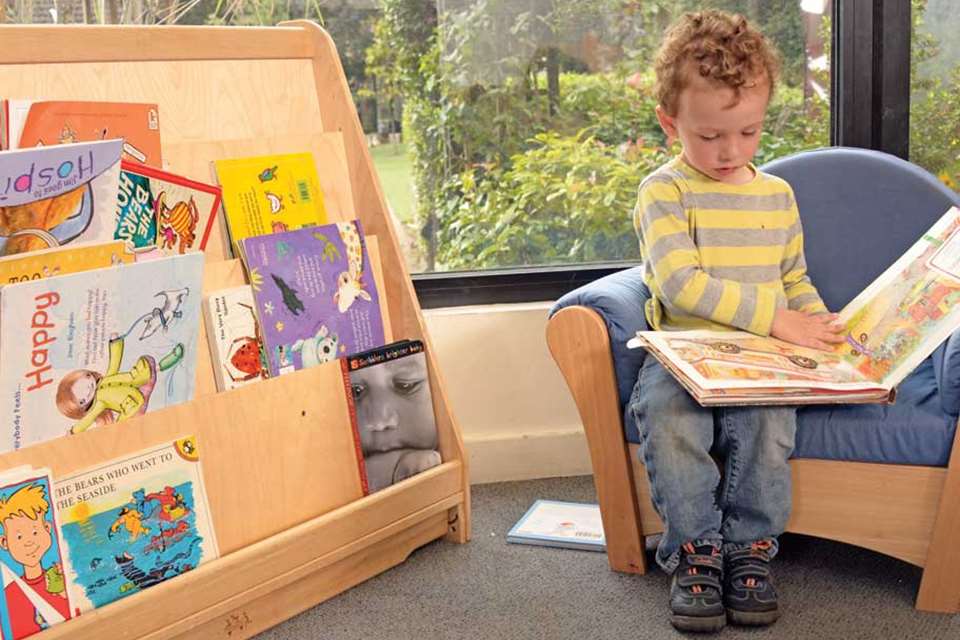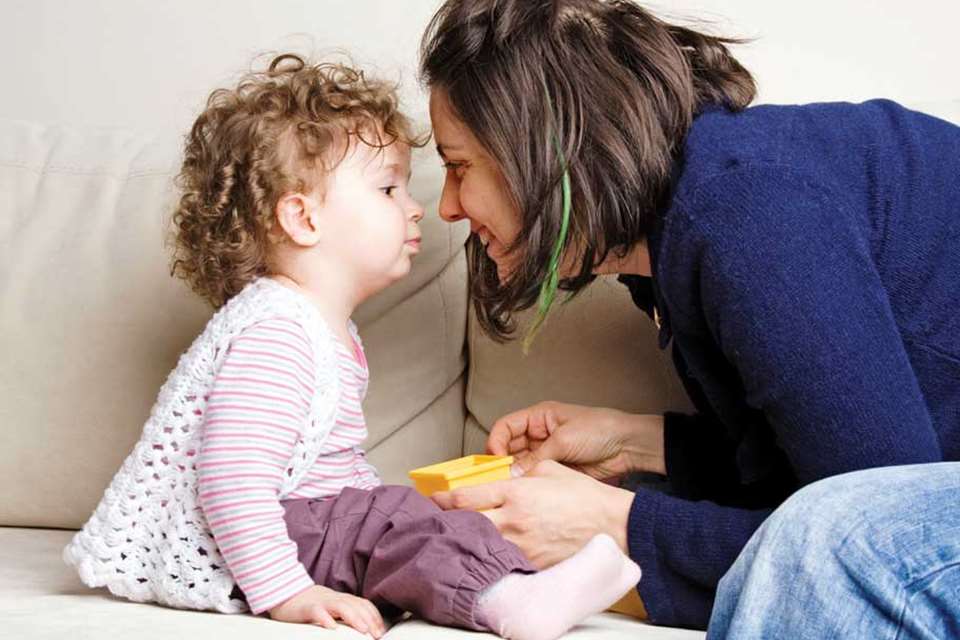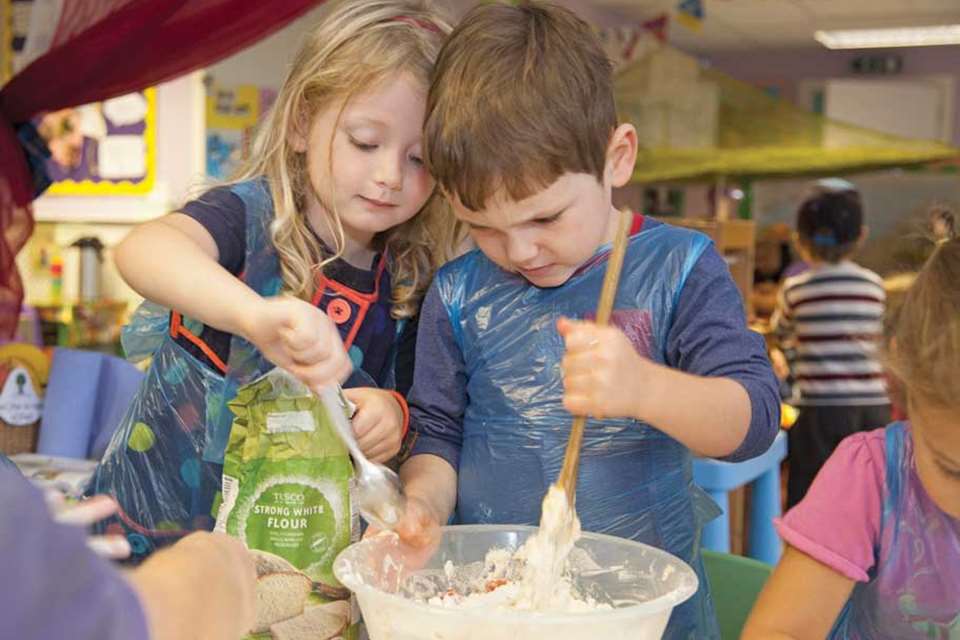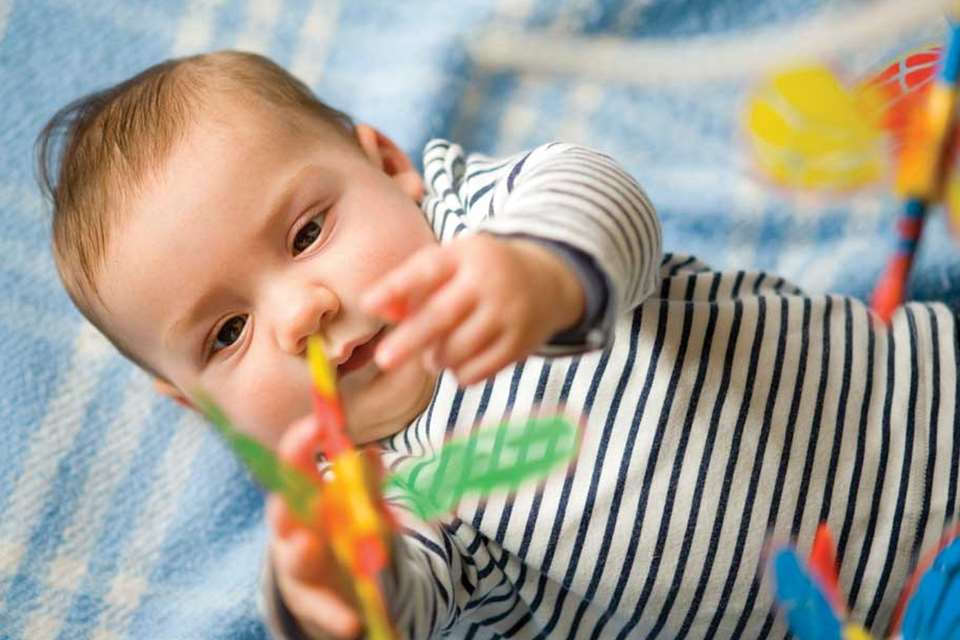Home learning - Handwriting
Penny Tassoni
Monday, June 30, 2014
Handwriting is the ability to make a range of marks that form letters. Children need a range of skills to do this, including hand-eye co-ordination and pencil grip. They also need to develop some specific movements that form the basis for individual letter shapes. These include vertical lines as well as bouncing and circular motions.
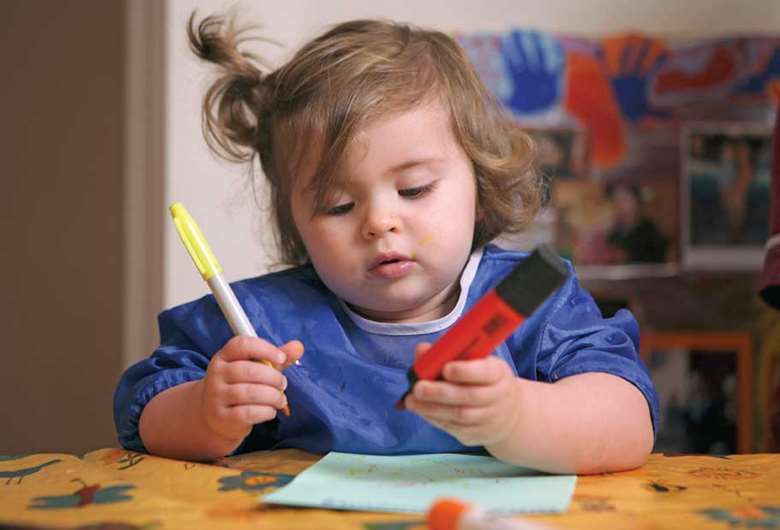
These skills need to be gained through large arm movements before children can progress to paper and pen. If children are rushed through the development of movements, they are more likely to have difficulties later in producing fluent handwriting.
There are many simple activities that you can do at home to help your child develop both pencil grip and specific handwriting skills.
RHYME TIME
From three to 12 months
While no one thinks that you can teach a baby handwriting, we can help babies to sense the circular or bouncing movements that form the basis of letters such as o, a and m.
Look out for the traditional rhyme Round and Round the Garden Like a Teddy Bear, as it is great for helping your baby to 'feel' the circular movements.
You could also try out other rhymes such as Row, Row, Row the Boat, which involves your baby being bounced gently. This helps them to sense the bouncing movements that are needed to form letters such as h and m.
How this activity helps your child
- Language: Rhymes are great at helping babies to tune into the sounds of words and encouraging them to babble.
- Physical development: Rhymes motivate babies to imitate the movements.
- Social skills: Rhymes and similar games help babies to learn to enjoy being in the company of others and to exchange eye contact.
What next?
Look out for other rhymes and activities that involve movement.
SQUEAKY TOYS
From 12 months to two years
Look out for squeaky toys; these are great for strengthening hands. They also help children to develop one of the early grips that children use to paint and make marks.
This grasp, where the whole hand is clasped around a writing implement, is known as a palmar grasp. You might need to model the movement so your child can see what they need to do.
How this activity helps your child
- Early science: Children learn about cause and effect as they learn that their movements create sounds.
- Confidence: Children gain in confidence as they learn that they can control an object.
- Language: Some toys that make noises can stimulate children to talk.
What next?
Look out for safe soft toys that can be squeezed.
SNACK TIME
From two to three years
Most children will need a small healthy snack between meals. Try putting a few dried raisins or some plain popcorn in a bowl and watch how the child uses their thumb and index finger to pick them out. This movement is known as a pincer grasp and is the same movement that forms the basis for holding a pencil effectively.
You could also chop up squares of bread or pieces of tomato as a variation. You might like to mix up some snacks in a bowl; this requires children to be more precise as they pick out and choose their favourite bits and pieces first. You could also count with your child as each item is gobbled up.
How this activity helps your child
- Mathematics: When two foods are mixed together, your child will learn to sort them as they eat them.
- Language: Snack time is a good opportunity for you to chat to your child.
- Independence: Being able to choose which food to eat helps your child to become independent.
What next?
Encourage your child to peel bananas and oranges.
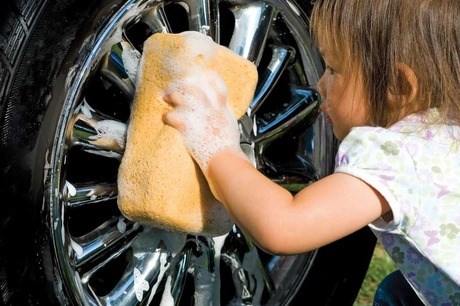
SOAPY MOVEMENTS
From two-and-a-half to four years
Washing cars, shower doors or windows can be used to model and encourage some specific handwriting movements. With soapy water and a sponge, make some circular motions.
Begin at the top and go around anti-clockwise, as this is the direction that letters such as a, o and d start with. Don't worry if your child does not copy exactly or just wants to play with the soapy water after a while.
Once your child can make the circular movement, see if you can model bouncing or zigzag-type movements. These require more skill, so don't worry if your child finds these difficult or is not interested - at least your windows will be clean.
How this activity helps your child
- Creativity: Making marks with soapy water helps your child express themselves.
- Mathematics: This activity can help your child learn words linked to size and shape, such as ' round' or 'big'.
- Physical development: Making large marks helps develop the muscles in your child's arm and also supports their posture.
What next?
Try this activity using an old paintbrush.
STICKY FINGERS
From three to five years
Children love playing with glue and sticking bits on paper. This activity can develop several hand movements to support handwriting.
Look out for some items that will be fun for your child to sort and stick. Sequins, confetti and small pieces of ribbon work well because children love shiny things.
You can mix up the bits and pieces that are to be stuck in a plastic container. This way, your child will have to use a pincer grip to pick out the items that attract them.
Put out some glue sticks and some sheets of paper. You might also like to sit down and enjoy the activity yourself, although do make sure you let your child explore for themselves.
Don't worry either if your child spends longer handling the confetti and sequins than sticking them down as this is pretty normal when children try this for the first time.
How this activity helps your child
- Creativity: Collage activities can help your child to be creative as they learn to use different materials to create patterns.
- Mathematics: Items of different colours, textures and shapes encourage children to practise their sorting and matching skills.
- Language: This type of activity can help children learn new words that describe what they are doing and the items that they are using.
What next?
Put out additional materials including felt tips, stickers and scissors.
FRIDGE PENPALS
From three-and-a-half to five years
From about three-and-a-half years old, children love to pretend that they are writing, and from about four years they often start to include letter shapes and even some simple words.
Having fun while making writing movements or practising writing is important. Try writing a very short letter then putting it under a fridge magnet where your child will find it.
Suggest that your child writes back. Leave out some paper, markers and stickers and leave your child to it. If your child does write back, wait until they are not around before putting out another letter.
Don't worry if your child only makes a few marks or is not writing very much. Writing takes time, and with confidence and skill they will be able to write more.
How this activity helps your child
- Imagination: This activity can help children's imagination as they think about who might be the Fridge Penpal.
- Writing: By finding a fun way to communicate using marks, your child will be learning about writing.
- Emotion: This activity can help your child feel special and this can be good for his or her confidence.
What next?
Try writing letters that are similar so that your child starts to be able to recognise some simple words.


